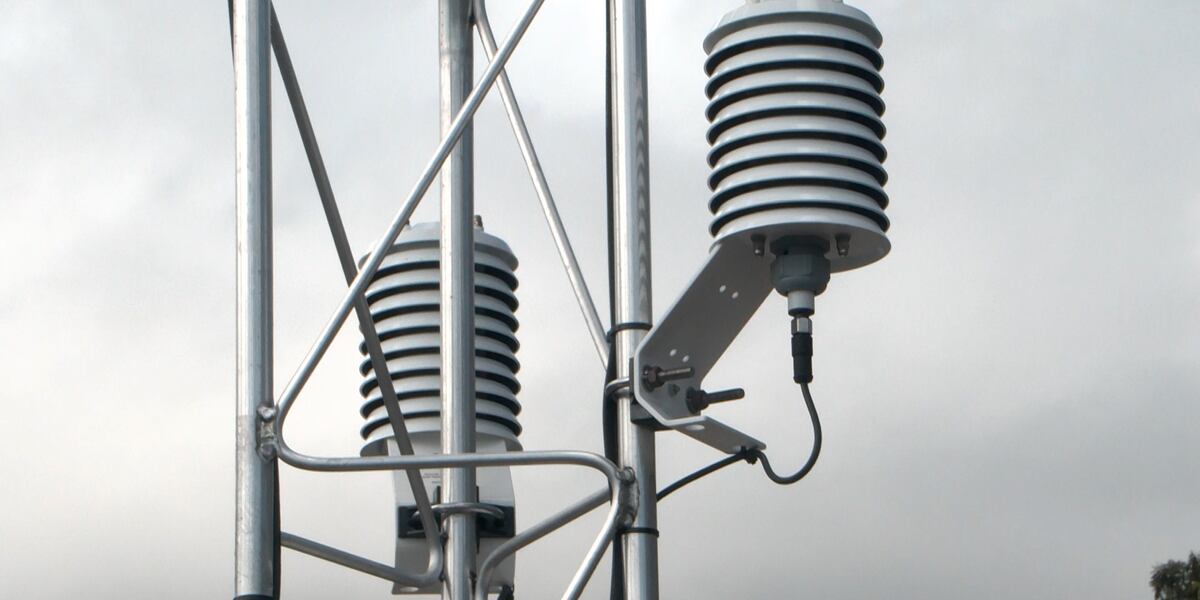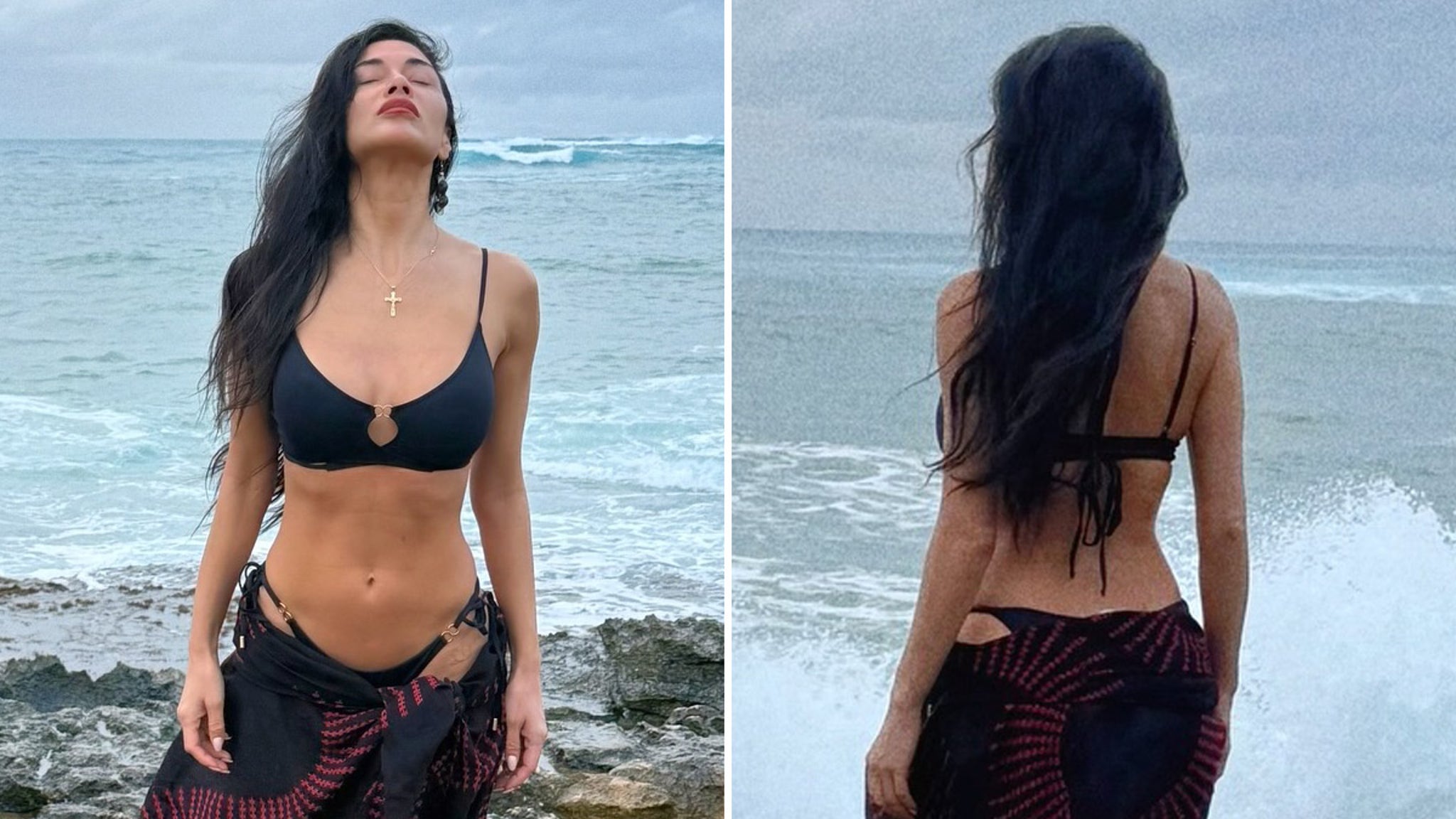Hawaii
After long delay, $17M homeless resource center welcomes its first clients
/cloudfront-us-east-1.images.arcpublishing.com/gray/U6WIHTXE6RD2RPU26N3S3M277Y.png)
HONOLULU (HawaiiNewsNow) – Following a year-long delay, a facility built to serve Honolulu’s homeless population has finally opened its doors.
The Iwilei Resource Center is intended to help those who need treatment but aren’t sick enough to be in the hospital. The hope: That the center will offer a roadmap for easing Hawaii’s homeless crisis.
“The minute folks walk in, we’re gonna start working on where they’re gonna be for the rest of their life,” said city Emergency Services Director Dr. Jim Ireland.
The $17 million facility was ready to serve Monday after an extended delay.
And it didn’t take long for the site to provide the care it’s meant to offer, treating those with no place to stay while also relieving overcrowding at Hawaii hospitals.
“Every single bed, if a person is here and they’re not in a hospital bed, probably saves about $5,000 a day if you really want to know the truth,” said Gov. Josh Green.
“That $5,000 of extra resources goes a long way when we want to buy food or medicine or other shelter for individuals.”
The center, which is outfitted with 25 beds, is staffed by the city’s Crisis Outreach Response and Engagement team and patients can stay for up to 90 days.
In that time, employees are on hand to provide substance abuse counseling, social services, and assistance to find permanent housing.
“If we can get 250 people housed a year, through this vehicle and we replicate this at a few other places on this island, it actually makes this scalable and thinking a challenge we can take,” Ireland said.
Comprehensive care because solving the complexities of homelessness requires a dynamic solution.
“We shouldn’t forget that they’re our brothers and our sisters,” said Honolulu Mayor Rick Blangiardi.
“From a humanitarian standpoint, the street is not a home. It’s not a home for anyone under any circumstances and this is proof positive as to what we want to do about that.”
Copyright 2023 Hawaii News Now. All rights reserved.

Hawaii
Weather stations are being built across Hawaii to assist in forecasting for extreme flood, fire events

HONOLULU (HawaiiNewsNow) – Researchers at the University of Hawaii at Manoa are working to install a statewide tool to measure the ebb and flow of the atmosphere.
A mesonet is an interconnected network of automated weather stations that measure several atmospheric conditions.
So far, 62 stations have been installed across the island chain by researchers at UH Manoa, and over 100 are planned.
The name of this project is Hawaii Mesonet, which is modeled after similar work in other states. Most notably, the Oklahoma Mesonet assists in monitoring for approaching severe weather and tornadoes on the great plains.
Hawaii, historically, has been sparse in terms of weather data, meaning it is often hard to tell what is happening in more remote parts of the state. With this new mesonet, forecasters and weather models will have a clearer picture when it comes to forecasting the diverse microclimates across the island chain.
The recorded data from the mesonet sites is uploaded into future weather models, providing more information to the computer which results in a higher-quality forecast.
Hawaii News Now had the opportunity to look at one of the newest mesonet stations.
Dr. Thomas Giambelluca, project lead for the Hawaii Mesonet, explained, “The data provided by these stations really revolutionizes our ability to anticipate and prepare for and minimize risk during extreme events such as floods and wildfires.”
This new network is not only a tool for forecasters and emergency managers to protect both life and property; it also assists the agricultural sector of Hawaii.
The new weather monitoring stations also measure soil temperature and moisture, providing invaluable data to farmers across the state.
Giambelluca also emphasized the importance of finding continued funding for this network. He said that the program will be “asking the state Legislature to commit to supporting the remaining amount we need.”
Learn more about the Hawaii Mesonet on Instagram @hiclimateportal.
The collected data is also publicly available here.
Copyright 2025 Hawaii News Now. All rights reserved.
Hawaii
Nicole Scherzinger Heats Up Hawaii in Tiny Bikini & Sarong

Nicole Scherzinger is doing what she does best — heating things up on her Hawaiian getaway and leaving those January blues in the dust!
The singer was serving up serious beach body goals, rocking a tiny black bikini and sarong cover-up, all while soaking in the stunning ocean views with full confidence.

Nicole was working those angles like a true queen, radiating peace and tranquility in paradise, giving us absolute ferocity in every shot.

ICYDK, Nicole’s part Native Hawaiian and was actually born there… so she was all about recharging and reconnecting with her roots, sharing those chill island vibes on IG.

Of course, Nicole’s bikini game is no surprise — peep the gallery for some of her hottest vacay looks!
Hawaii
Service members occupy nearly 14% of Oahu rentals, Pentagon says – West Hawaii Today

A new Pentagon report on military housing in Hawaii found that nearly 14% of residential rentals on Oahu are occupied by service members and their families.
The annual defense spending bill passed by Congress contained provisions requiring the secretary of defense to conduct a review of the military’s housing needs and their effects on the local housing market and to provide a report to the House Committee on Armed Services.
The Pentagon’s response was a short, eight-page report. Its executive summary succinctly declares that the report, which cost $76,000, “responds to these provisions.”
U.S. Rep. Jill Tokuda (D- Hawaii), who sits on the Armed Services Committee and authored the provisions requesting the report, was underwhelmed.
“This uninspired report from the Department of Defense confirms what we all knew: that the military has a major impact on our housing supply and the availability of housing that our kama‘aina and families can afford,” she said in a news release Friday. “If the military is going to be a real partner to Hawai‘i and a good neighbor in our communities, then it’s high time to step up, get creative, and deliver real solutions and investments towards the biggest challenge affecting our people.”
There are roughly 48,500 active-duty service members and reservists stationed in Hawaii. While many of Hawaii’s political and business leaders have touted their presence and spending as a boost to the local economy, their influence on the housing market has at times been a subject of fierce debate.
Military housing allowances in some cases give service members and their families an advantage in looking for housing, which some have charged contribute to high rents as local families struggle with rising costs of living.
In 2011, the RAND Corp. prepared a report for the Pentagon on the impact of military spending on Hawaii’s economy and found that while most military housing in Hawaii comprises privatized on-base units, roughly half of active-duty members live off base and typically rent their housing.
The Pentagon’s latest report says that 60% of service members stationed on Oahu today reside on military installations. The report cites 2023 American Community Survey estimates by the U.S. Census Bureau that found that of the 105,868 occupied, private rental units on Oahu, the military estimates that 14,700 are occupied by active-duty service members.
It also found that 2,150 service members own homes on the island.
The report says the Defense Department acknowledges that the size of the active-duty military component of Oahu’s private rental market — 13.86% — “is not negligible,” but also adds “it is difficult to calculate the comprehensive impact on housing supply and rental prices, without accounting for other, potentially confounding factors.” Those factors include the economic incentives of short-term rentals or “the many intangible benefits of military families living in the community, (i.e., all the ramifications of having two largely separated communities).”
According to a cost-benefit analysis in the report, it would cost the military $10.8 billion to build the 13,614 government-owned housing units needed to house 100% of service members in Hawaii on a military installation, not including infrastructure such as roads and electricity to support those homes.
Additionally, the military would have to increase maintenance costs by $170 million annually and utility costs by $90 million, without adjusting for inflation.
Alternatively, the report estimates that if the Defense Department were to turn to privatized military housing for troops currently renting off base, it would require approximately $3.6 billion in additional government equity under the minimum government equity requirements for privatized housing.
In a one-sentence conclusion, the report states the department is committed to working with the state and congressional defense committees to ensure service members and military families have access “to livable communities that provide healthy, functional, and reliable housing now and in the future.”
Not enough, Tokuda said.
“When I requested this report, I expected that the Department would do so with fidelity and come to the table with tangible ideas for these shared challenges,” she said. “This report failed to do that. We must hold the Department accountable to the shared responsibility they have to address our housing crisis and deliver real solutions for our people.”
Military spending and construction has continued to grow in Hawaii as the Pentagon shifts its attention to the Pacific, considered to now be the military’s top priority theater of operations amid tensions with China.
U.S. Rep. Ed Case (D-Hawaii), who sits on the House Appropriations Subcommittee on Defense, said in a statement that the data in the report “clearly heightens the importance” of efforts over the years by Hawaii’s congressional delegation to ensure more military housing on base and fewer service members in the local housing rental market.
But Case also highlighted a report finding that one challenge facing both active-duty service members and nonmilitary residents seeking rental housing on Oahu is that “many private landlords prefer to offer their homes as short-term vacation rentals, thereby decreasing the supply of rental units available to the community.”
“I believe that the continued allowance of widespread short-term vacation rentals and continued inability to fully target illegal vacation rentals, significantly reducing the available supply of private rental units for local residents, is far more of a factor in high housing prices than current servicemember participation in our rental market,” he said.
-

 Science1 week ago
Science1 week agoMetro will offer free rides in L.A. through Sunday due to fires
-
/cdn.vox-cdn.com/uploads/chorus_asset/file/23935558/acastro_STK103__01.jpg)
/cdn.vox-cdn.com/uploads/chorus_asset/file/23935558/acastro_STK103__01.jpg) Technology1 week ago
Technology1 week agoAmazon Prime will shut down its clothing try-on program
-
/cdn.vox-cdn.com/uploads/chorus_asset/file/25826211/lorealcellbioprint.jpg)
/cdn.vox-cdn.com/uploads/chorus_asset/file/25826211/lorealcellbioprint.jpg) Technology1 week ago
Technology1 week agoL’Oréal’s new skincare gadget told me I should try retinol
-
/cdn.vox-cdn.com/uploads/chorus_asset/file/25832751/2192581677.jpg)
/cdn.vox-cdn.com/uploads/chorus_asset/file/25832751/2192581677.jpg) Technology6 days ago
Technology6 days agoSuper Bowl LIX will stream for free on Tubi
-

 Business7 days ago
Business7 days agoWhy TikTok Users Are Downloading ‘Red Note,’ the Chinese App
-
/cdn.vox-cdn.com/uploads/chorus_asset/file/25835602/Switch_DonkeyKongCountryReturnsHD_scrn_19.png)
/cdn.vox-cdn.com/uploads/chorus_asset/file/25835602/Switch_DonkeyKongCountryReturnsHD_scrn_19.png) Technology4 days ago
Technology4 days agoNintendo omits original Donkey Kong Country Returns team from the remaster’s credits
-

 Culture3 days ago
Culture3 days agoAmerican men can’t win Olympic cross-country skiing medals — or can they?
-
/cdn.vox-cdn.com/uploads/chorus_asset/file/24774110/STK156_Instagram_threads_1.jpg)
/cdn.vox-cdn.com/uploads/chorus_asset/file/24774110/STK156_Instagram_threads_1.jpg) Technology1 week ago
Technology1 week agoMeta is already working on Community Notes for Threads
















